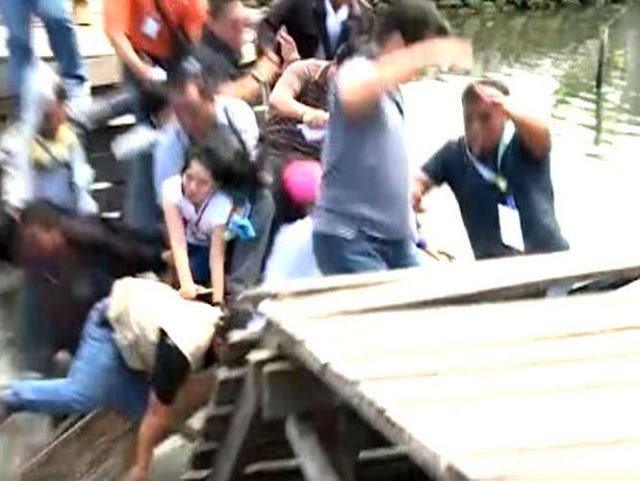"Adoration of the Christ Child" Hieronymus Bosch (1450 – 1516)

This is one of my nativity scenes. Bosch of course always stirs my curiosity, always the provocateur that makes one wonder; What is he up to? In the late Middle Ages, there was this debate between going on with sacredness in the face of an emerging secularization, or I may even use the word - "profanity". It had surely influenced the eccentric Bosch. Anyone can mention here the strange alien-like features of the child Christ, the seemingly smiling cow that reminds one of the popular french cheese brand "La Vache qui rit". But it's that shepherd at the back with his "usisero" mannerism who really caught my fancy. The Bible did say it, the angels approached a group of bored shepherds to spread the news that Christ was born. Bosch then put his shepherd sneaking naughtily into the nativity scene.






